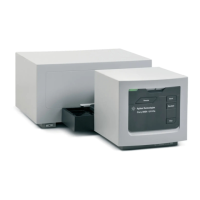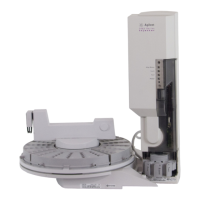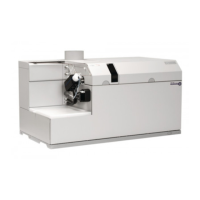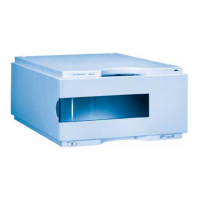150 Understanding Your Agilent ChemStation
7 Calibration
Types of Calibration
Calibration Ranges
Each multilevel calibration is valid over the range of concentrations used in
the calibration samples. Extrapolation of a calibration curve, especially if it is
non-linear, is at best an approximation. The valid calibration range for each
compound may be defined in the Compound Details dialog box. Each entry for
that compound can be expressed as lower and upper limits. If these limits are
exceeded, the report is annotated.
Calibration Curve Fits
Various curve-fit calculations are available for use with multilevel calibration.
• Piecewise Linear
• Linear
• Log
• Power
• Exponent
• Quadratic
• Cubic
• Average (Response/Amount)
Non-Linear Fit
In some cases, the detector response to changes in sample concentration is not
linear. For these types of analyses, a linear regression calibration method is
not appropriate and a multilevel calibration calculation should be used.
Origin Treatment
There are four ways to treat the origin when the response curve is plotted:
• ignore the origin,
• include the origin,
• force the origin, or
• connect the origin.

